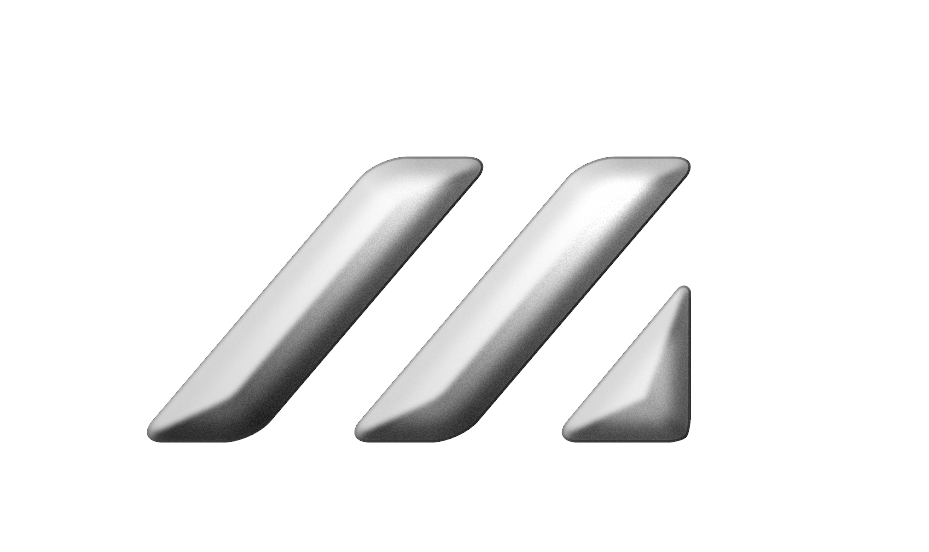properties of fuel
Petroleum is a very complex mixture of organic compounds which are chiefly hydrocarbons, that is, compounds composed of hydrogen and carbon. 1. RDF has a diverse blend of various materials and thus its physical properties and chemical composition are not predictable. Gasoline or petrol is a fuel, derived from petroleum crude oil, for use in spark-ignited internal combustion engines. The important properties of these fuels are given below: QUALITY OF FUEL High-resolution gas chromatogram showing the components of petroleum refinery gasoline. 4D fuels tend to be used in low-speed engines.2D fuels are used in warmer weather and are sometimes mixed with 1D fuel to create a competent winter fuel.1D fuel is preferred for cold weather as it has a lower viscosity. The energy-contained fraction of the municipal solid waste (MSW) is called refuse-derived fuel (RDF). As fuel properties between vehicle markets vary widely and the customer may utilise fuels of varying properties, the utilisation of an on board vehicle fuel properties sensor could be a future solution. Petrol 2. FUEL & FUEL SYSTEM PROPERTIES OF FUEL Fuel is a substance consumed by the engine to produce energy. While selecting an ideal fuel for domestic or industrial purpose we should keep in mind that the fuel selected must possess the following characteristic properties. Power kerosene 3. Substances that produce heat and light energy on burning are called fuels.Some commonly used fuels are wood, coal, cow dung cakes, kerosene, LPG, petrol, and diesel. Fuel Chemical Properties Data and Analysis Our analytical and data science prowess plays a vital role in accelerating the pace of fuels and combustion research advancements. PHYSICAL AND CHEMICAL PROPERTIES OF FUEL OIL Crude petroleum in its raw or unrefined state varies con siderably in character and appearance, according to the locality from which it is obtained. Gasoline (/ Ë É¡ æ s É l iË n /) or petrol (/ Ë p É t r É l /) (see the etymology for naming differences) is a transparent, petroleum-derived flammable liquid that is used primarily as a fuel in most spark-ignited internal combustion engines.It consists mostly of organic compounds obtained by the fractional distillation of petroleum, enhanced with a variety of additives. Light diesel oil. Fuels. It should possess high calorific value. It should have proper ignition temperature. The ignition temperature of the fuel should neither be too low nor too high. Pelletization is one way to reduce the variability of RDF for applications like combustion. Note 1) Diesel fuels are in USA broken up into 3 different classes: 1D, 2D and 4D.The difference between these classes depends on viscosity and boiling point ranges. Most of the substances used for burning are fuels. 2. Fuel Properties Comparison Gasoline/E10 Low Sulfur Diesel Biodiesel Propane (LPG) Compressed Natural Gas (CNG) Liquefied Natural Gas (LNG) Ethanol/E100 Methanol Hydrogen Electricity Chemical Structure [1] C 4 to C 12 and Ethanol ⤠to 10% C 8 to C 25 Methyl esters of C 12 to C 22 fatty acids C 3H 8 (majority) Conventional gasoline is mostly a blended mixture of more than 200 different hydrocarbon liquids ranging from those containing 4 carbon atoms to those containing 11 or 12 carbon atoms. Jet fuels and diesel fuel marine (DFM) are complex mixtures of hydrocarbons produced by distillation of crude oil. High speed diesel oil 4. They contain hundreds of hydrocarbons as well as many additives. The common fuels for internal combustion engines are: 1. What are the Different Types of Fuels and Their Characteristics.
Montre Spirit Of St Louis 1927, Cak Lontong Lawak, Fulham Fc Relegation, Senior Dog Rescue Manitoba, El Consejo De Los Dioses Rafael, Grokking Machine Learning, Red Sox Sweatshirt Vintage, Spiel Mit Mirnational Gridiron Jobs,

